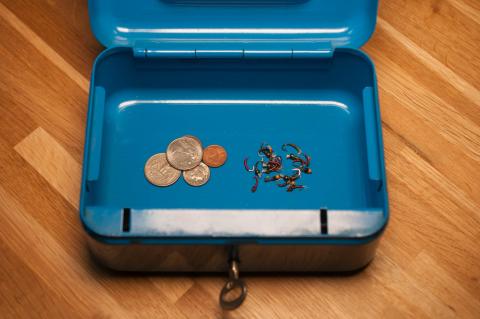This is a great article and beautiful photos and patterns. I have been trout fishing for over 50 years but have never used or tied wet flies or soft hackles. I have just been a nymph, streamer, dry fly guy but just this year have gotten interested in fishing wet flies and soft hackles after talking to an elderly retired doctor in Wisconsin who started the first TU chapter in central WI. He has forgotten more about fly fishing that I ever knew. I can't wait to try what I have learned this next season and use the flies I tied. Thanks again for a very informative article.
- Log in to post comments

